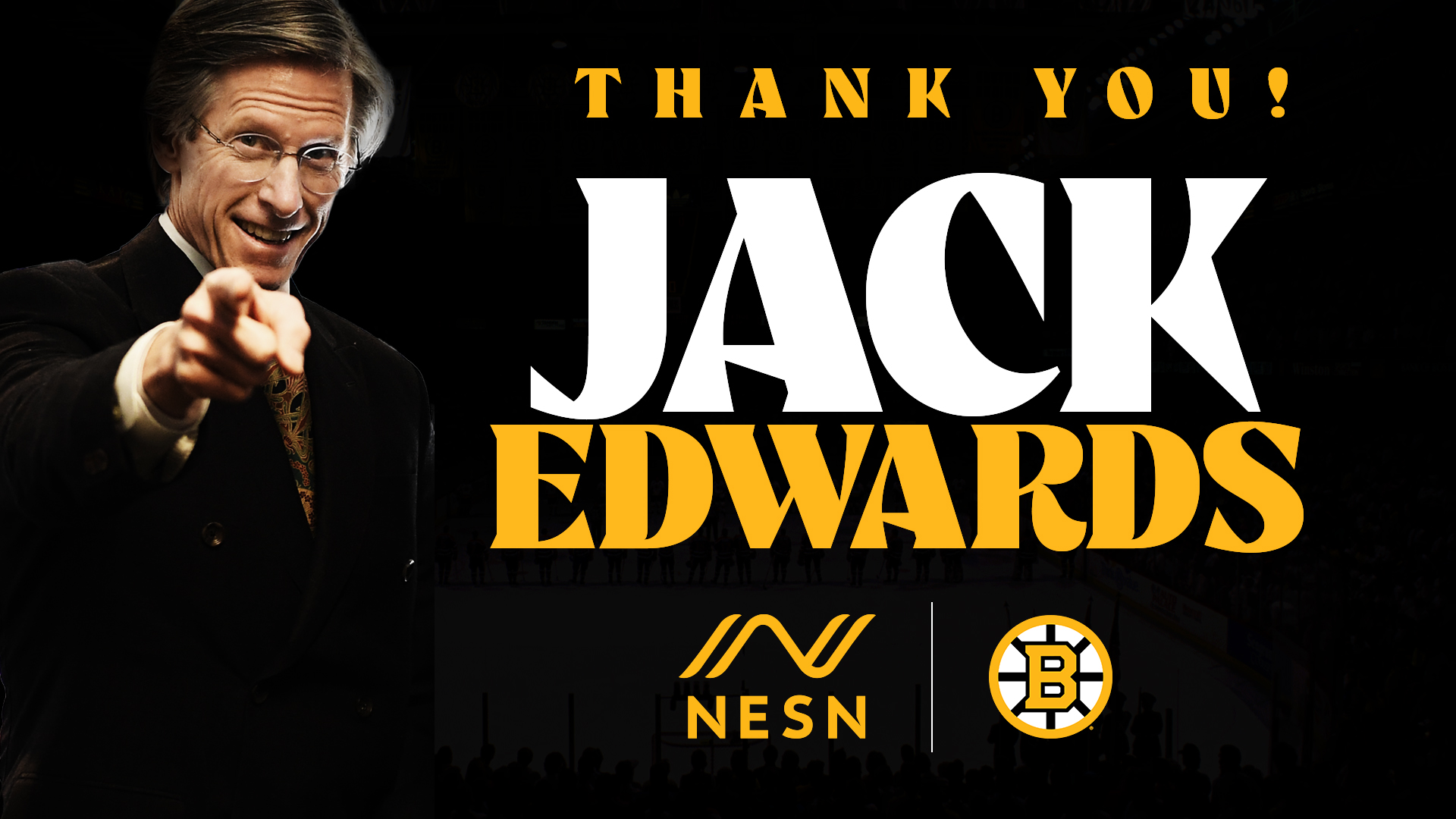The elephant is in the room again. And for those of us who can remember the taint of the old Boston Garden even months after the circus had packed up and left town, the NHL's revenue-sharing scheme ain't smelling too pretty to fans of free enterprise.
The measure of a fan base is not opening night — it's the second home game. Check out some of these second-night numbers from some U.S. expansion cities:
Anaheim: 13,123
Florida: 11,580
Columbus: 9,802
Atlanta: 8,820
Phoenix: 6,706
The numbers make one wonder if hockey is viable in these cities and several others, especially in light of some of the maneuvers going on in Florida.
Florida is partaking in some shenanigans by putting a tarp over a few thousand seats, pretending that they don't exist. Why even go to the trouble?
The NHL engages in revenue sharing. Thus, the profits from the teams in rabid hockey markets get bled off to feed weak and failing teams.
In order to get on the dole, teams have to fit into certain categories. Among them: They can't be in huge media markets (more than 2.5 million TV households), they have to show that they're on the right financial track (that is, that they have increasing revenues) and that they're filling a set percentage of available seats.
That's where the tarp comes in. Fewer seats in Florida? Higher percentage of capacity sold. Better chance to qualify for a handout.
Consider this. The U.S. women's soccer team had a nation transfixed on the TV for the World Cup Final in 1999 at the Rose Bowl, but a women's league with all of that team's media-savvy stars folded, and its successor is barely surviving on a shoestring budget. Too bad that league can't bleed some profits off the Manchester Uniteds of the world, says the current sociable philosophy in the NHL. Laughable, that notion.
The Toronto Maple Leafs' average ticket price is $115.96. But how much of each ticket price is actually being poured into the sand in Phoenix or slopped into the swamp in Florida, to disappear into some accounting whirlwind or whirlpool? The breezes and currents erode hockey's substance — almost imperceptibly in each moment, but significantly over years and decades.
For those of you who love the numbers, I highly recommend Jon Greenberg's article at Team Marketing Report and the accompanying table.
Here's the link to Greenberg's article at Team Marketing Report, and here's the table.
The Chicago Blackhawks didn't draw in their bad years, and look at them now, you may say. But that had a lot to do with a management team that had alienated its fan base. Much as Boston fans still existed but sat on their wallets in disgust after the lockout, Chicago fans still followed the game during the Blackhawks' dark years, but they disdained Bill Wirtz. Rocky Wirtz recognized this, broke the dam as soon as he gained power, and the fans have flooded into the arena ever since.
The Blackhawks, according to Greenberg, increased their average ticket price by 18.4 percent this season. They'll pocket a lot of that money, but so will the Blue Jackets, Coyotes and Panthers. Did those teams earn a cent of it?
Canadian teams have four of the five highest average ticket prices, according to Greenberg. Are the Leafs, Canadiens, Canucks or Flames going to get money back? Not a chance.
The dream was to strike a big national TV deal in the United States and bring incredible marketing revenue streams to the NHL. But that dream was based on blue-sky projections and smoke. The quick sell was the enormous entry fees that the NHL executive salesmen squeezed out of too-willing expansion team owners and their cities and dealt to the owners who already were at the table. Short-term gain, long-term pain.
Phoenix doesn't care about hockey, especially in Glendale. Neither does Atlanta. Columbus is dicey at best. Florida's viability is an apparition. The economy is still very difficult for a lot of true hockey fans, but a league that lives on the gate has nowhere to go but to raise prices if it's going to keep these teams alive. It amounts to an expansion tax on fans in true hockey cities.
In North Conway, N.H., there is a flume called Diana's Baths that has hurled billions of gallons of water across hundreds of yards of granite for millions of years. It's off the Old West Side Road. My dad used to take me hiking there when I was a boy. It's amazing to sit and ponder how a few atoms are being pulled out of the stone even as one gapes at nature's power.
Erosion, in a moment, is something we can only imagine. But given the perspective of time, we can see what has happened and we can predict what will happen. Inertia is a mighty force. The NHL's fans have poured millions into deserts and swamps, and the money has vanished. At what point will someone stand up and say that this is not going to work, and that dedicated hockey fans no longer should be financially penalized for their passion?
Enough. Fold 'em.


